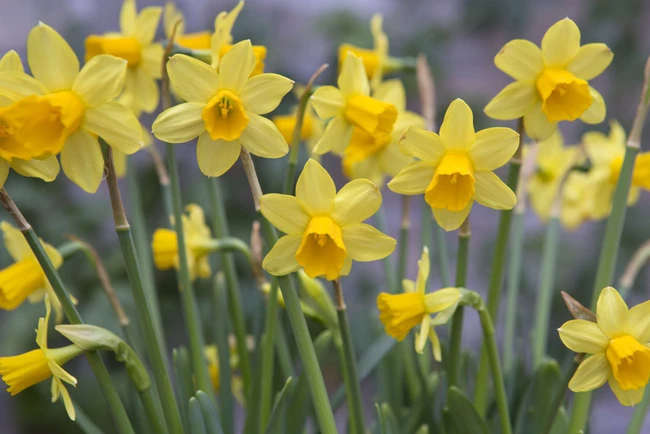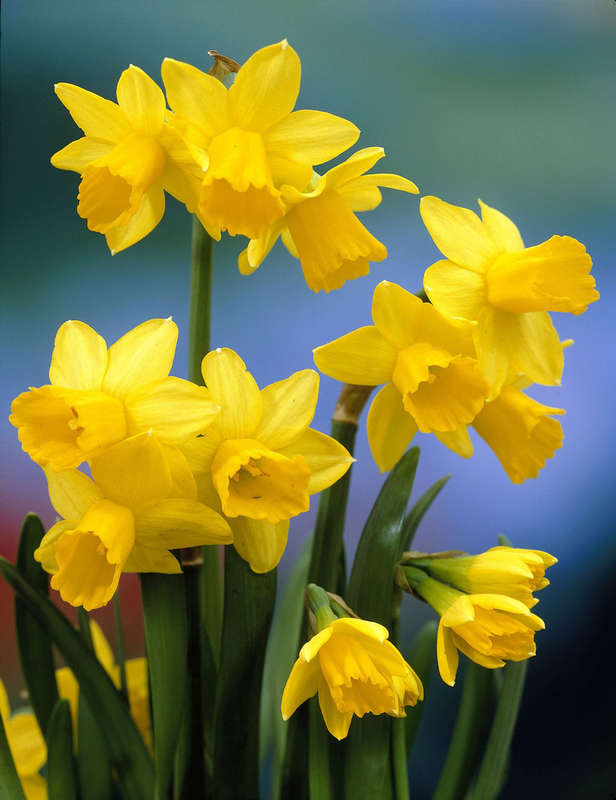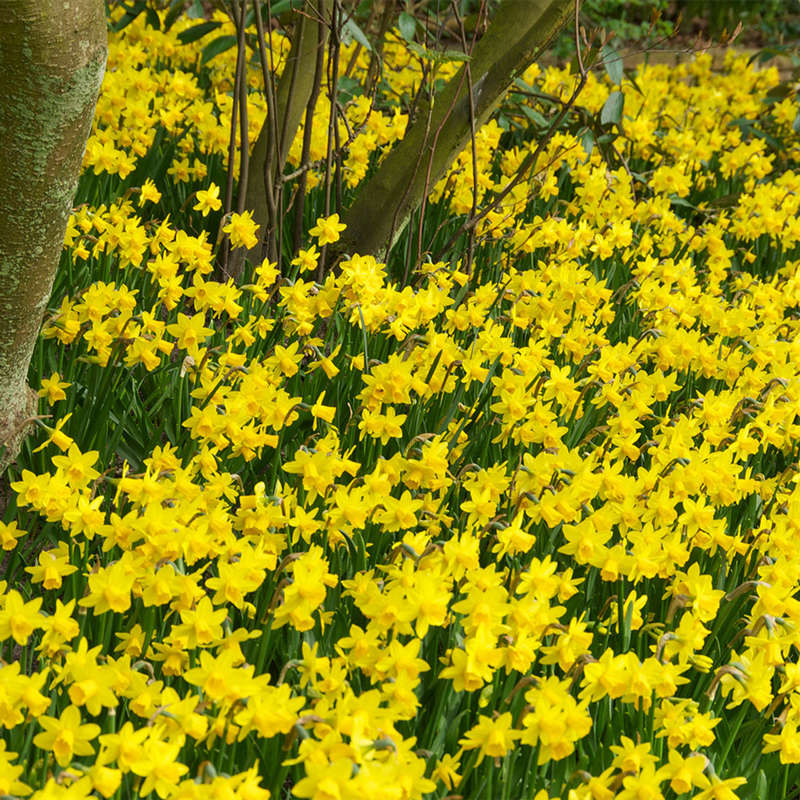







Daffodil-Narcissus - Teste a Tete - 5 bulbs p-pack
Check my rate
| Main centres: | 1-3 business days |
| Regional areas: | 3-4 business days |
| Remote areas: | 3-5 business days |








| Main centres: | 1-3 business days |
| Regional areas: | 3-4 business days |
| Remote areas: | 3-5 business days |
Narcissus 'Tête-à-Tête' is a compact, early-blooming dwarf daffodil with bright yellow, trumpet-shaped flowers. It is low-maintenance, long-lasting, and perfect for garden beds, rockeries, pots, and borders.
Climate:
Thrives in cool to mild winter regions of South Africa, including the Western Cape, Free State, and Highveld.
Moderate heat tolerance but prefers cool winters and warm, dry summers.
Does not require chilling, making it easier to grow than some other daffodils.
Soil Requirements:
Well-draining, loamy or sandy soil enriched with organic matter.
pH level: 6.0—7.0 (neutral to slightly acidic).
Avoid heavy clay soils that retain too much water, leading to bulb rot.
Sunlight Needs:
Prefers full sun to partial shade (at least 4—6 hours of sunlight daily).
Does well in garden beds, borders, containers, and rock gardens.
Best Planting Time:
Autumn (March—May) for flowering in late winter to early spring (July—September).
Can be forced indoors for earlier blooms.
Preparing the Bulbs:
No pre-chilling required.
Soak bulbs in lukewarm water for 1—2 hours before planting to encourage strong roots.
Planting Depth & Spacing:
Depth: 10—12 cm deep.
Spacing: 8—10 cm apart.
Water thoroughly after planting.
Watering Schedule:
Keep soil evenly moist but not waterlogged.
Water once or twice a week, adjusting for rainfall.
Reduce watering once foliage begins to yellow after flowering.
Fertilizing:
At Planting: Use low-nitrogen, high-phosphorus fertilizer (e.g., 3:1:5).
During Growth: Feed with a balanced liquid fertilizer every 2—3 weeks until flowering.
Stop fertilizing after the flowers fade.
Mulching:
A thin layer of mulch (bark, compost, or straw) helps retain moisture and control weeds.
Common Pests:
Aphids & Thrips — Spray with neem oil or insecticidal soap.
Snails & Slugs — Use crushed eggshells or organic snail bait.
Common Diseases:
Narcissus Basal Rot — Prevent overwatering and ensure soil drains well.
Botrytis (Grey Mold) — Improve airflow and remove affected leaves.
Bloom Time:
July—September, depending on planting time.
Blooms last 2—3 weeks.
Deadheading:
Remove spent flowers to redirect energy to the bulb.
Do not cut back leaves until they turn yellow (6—8 weeks).
Indoor Forcing:
Can be grown in pebble-filled water containers.
Keep in cool, bright conditions for extended blooms.
After Flowering Care:
Allow foliage to die back naturally before removing.
Reduce watering after flowering.
Lifting & Storing Bulbs (Optional):
In warmer regions (KwaZulu-Natal, Lowveld, coastal areas), bulbs can be lifted and stored in a cool, dry place (10—15°C).
In cooler areas, bulbs can remain in the ground and will rebloom the next season.
Good Companion Plants:
Tulips, hyacinths, anemones, muscari, and freesias for a colorful display.
Lavender and rosemary help deter pests and attract pollinators.
Crop Rotation:
Rotate planting areas every 2—3 years to prevent soil depletion and disease.
Narcissus 'Tête-à-Tête' is a dwarf, early-flowering daffodil that thrives in South Africa's mild winter climate. With full sun, well-draining soil, and proper care, it will reliably bloom every winter and spring, bringing bright yellow cheer to your garden!